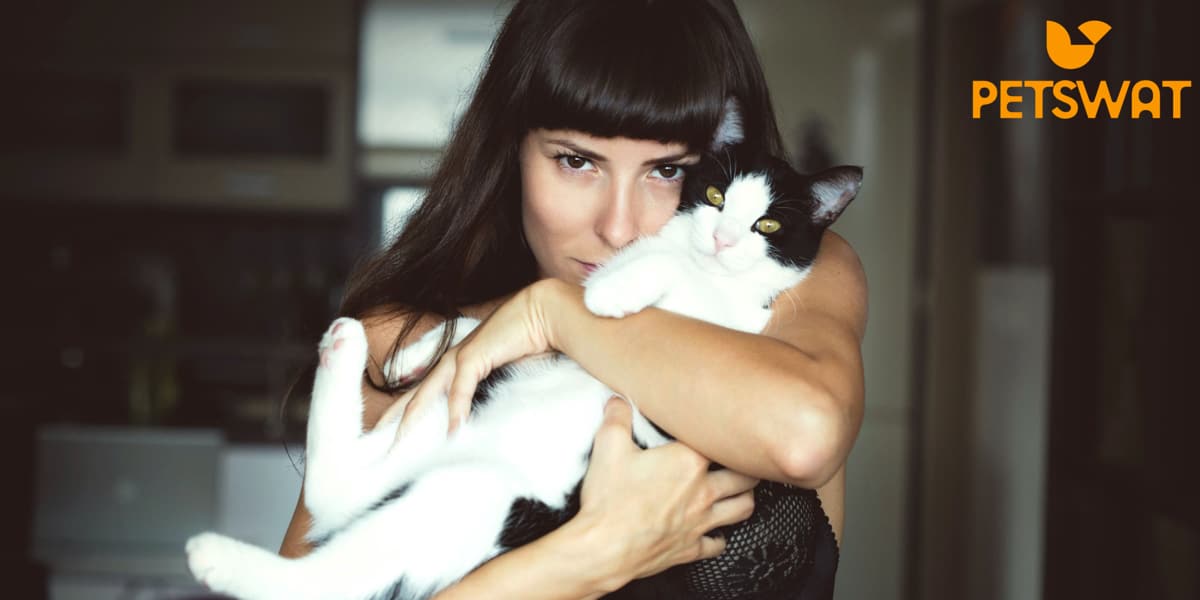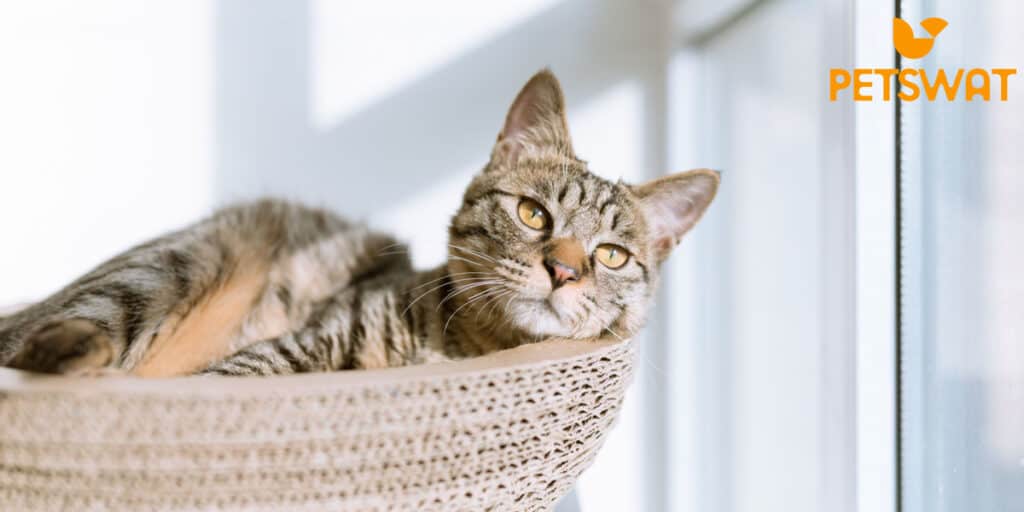Litter training isn’t just for kittens; adult cats can also benefit from learning or relearning proper litter box habits. Whether you’ve adopted an adult cat with little training or your feline companion has developed some undesirable habits, teaching them proper litter box etiquette is essential for a harmonious living environment. How to litter train an adult cat?
In this article, we’ll explore the intricacies of litter training for adult cats, discussing the reasons behind litter box issues, practical steps to retrain your cat, and effective strategies to ensure success. Get ready to guide your cat back to good litter box behavior! 🐱🚽
TL;DR: Adult cats can be retrained to use the litter box. This guide covers reasons behind litter box issues, steps to effectively litter train adult cats, and strategies to maintain proper litter box behavior.
While adult cats often have a foundation of litter box knowledge, circumstances such as changes in environment, stress, or health issues can lead to litter box challenges. Just like with kittens, patience and proper training can help adult cats regain their litter box manners. Understanding the reasons behind litter box issues is the first step towards resolving them.
Understanding Litter Box Challenges in Adult Cats
- Behavioral and Environmental Factors:
- Stress and Anxiety: Changes in the home environment, such as moving or introducing new pets, can cause stress-related litter box issues.
- Territorial Behavior: Adult cats might avoid using a litter box that’s too close to another cat’s territory.
- Medical Issues:
- Urinary Tract Problems: Painful urinary tract infections or blockages can lead to aversion to the litter box.
- Arthritis or Mobility Issues: Older cats with mobility problems might find it difficult to access the litter box.
- Previous Negative Associations:
- Negative Experiences: An adult cat might avoid the litter box if it had negative experiences in the past, such as associating it with pain.
Step-by-Step Guide to Litter Training Adult Cats
- Consult a Veterinarian:
- Rule Out Medical Issues: Before retraining, ensure your cat’s health is in check. Consult a vet to rule out any medical causes for litter box issues.
- Choose the Right Litter Box:
- Size Matters: Opt for a litter box that’s spacious enough for your cat to comfortably move around in.
- Low Entry: If your cat has mobility issues, choose a box with low sides for easy entry.
- Select the Right Litter:
- Texture Preference: Cats might have preferences for certain litter textures. Experiment to find the type your cat prefers.
- Avoid Strong Scents: Cats can be sensitive to strong scents, so opt for unscented litter.
Creating the Ideal Litter Box Environment
- Location, Location, Location:
- Quiet and Private: Place the litter box in a quiet, low-traffic area where your cat can have privacy.
- Avoid High-Stress Zones: Keep the litter box away from noisy appliances or areas frequented by other pets.
- Litter Box Maintenance:
- Scoop Regularly: Cats prefer clean litter boxes. Scoop waste daily to keep the box clean and inviting.
- Regular Cleaning: Completely change the litter and wash the box at least once a week to prevent odors.
- Multiple Litter Boxes:
- One Box per Cat: If you have multiple cats, provide one litter box per cat, plus an extra box.
- Strategic Placement: Distribute the litter boxes throughout the house to prevent territorial disputes.
Effective Training Strategies
- Positive Reinforcement:
- Rewards: When your cat uses the litter box, offer praise, treats, or affection to create positive associations.
- Reintroduction to the Litter Box:
- Gentle Encouragement: If your cat has been avoiding the litter box, gently place them inside and give them a treat after use.
- Gradual Transition: If you’re changing the type of litter, mix a small amount of the new litter with the old to ease the transition.
- Avoid Negative Reinforcement:
- Avoid Punishment: Never scold or punish your cat for litter box accidents. This can worsen the problem and create fear.
Conclusion onHow to litter train an adult cat?
Tips From Experienced: Litter training adult cats requires patience, understanding, and proper environmental setup. Address potential health issues and create a comfortable litter box environment to encourage positive litter box behavior.
FAQs
Q1: My adult cat suddenly stopped using the litter box. What could be the cause?
A: Sudden litter box issues could be due to stress, medical problems, or changes in the environment. Consult a vet to identify the cause.
Q2: Can I use a covered litter box for my adult cat?
A: While some cats prefer covered boxes, others might feel trapped or uncomfortable. Monitor your cat’s behavior to determine if a covered box is suitable.
Q3: How can I prevent territorial issues with multiple cats and litter boxes?
A: Provide multiple litter boxes in different areas of the house and ensure they’re regularly cleaned. This prevents territorial disputes.
Q4: My cat has a preference for a specific type of litter. How can I transition to a different type?
A: Gradually mix the new litter with the old to help your cat adjust. You can also provide both types of litter in separate boxes.
Q5: Is it too late to litter train an older cat?
A: It’s never too late to retrain an older cat. With patience and the right approach, most adult cats can learn proper litter box behavior.
Summary
Litter training an adult cat requires a holistic approach that considers their physical and emotional needs. By addressing potential health issues, creating a comfortable litter box environment, and employing positive training strategies, you can guide your feline friend back to proper litter box habits. Remember, patience is key, and the effort you invest in training will result in a harmonious living space for both you and your contented cat.
Fun Fact: Cats are meticulous groomers that often spend a significant amount of time cleaning themselves. Proper litter box habits go hand in hand with their hygiene routines, contributing to their overall well-being.
Originally posted 2023-08-01 09:49:59.
Johny is a dedicated pet enthusiast, author, and the driving force behind the insightful content at PetSWAT. With a deep passion for animals and a wealth of knowledge acquired through years of experience, Johny brings a unique perspective to the world of pet care and companionship.


